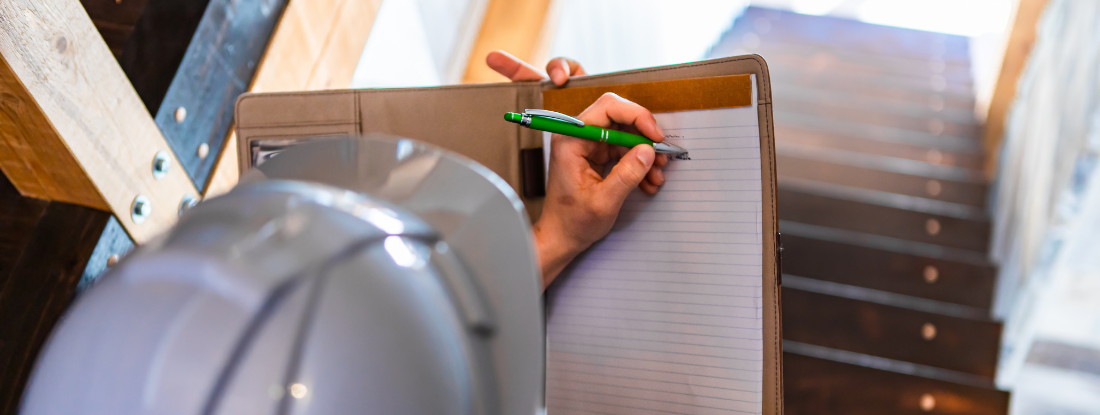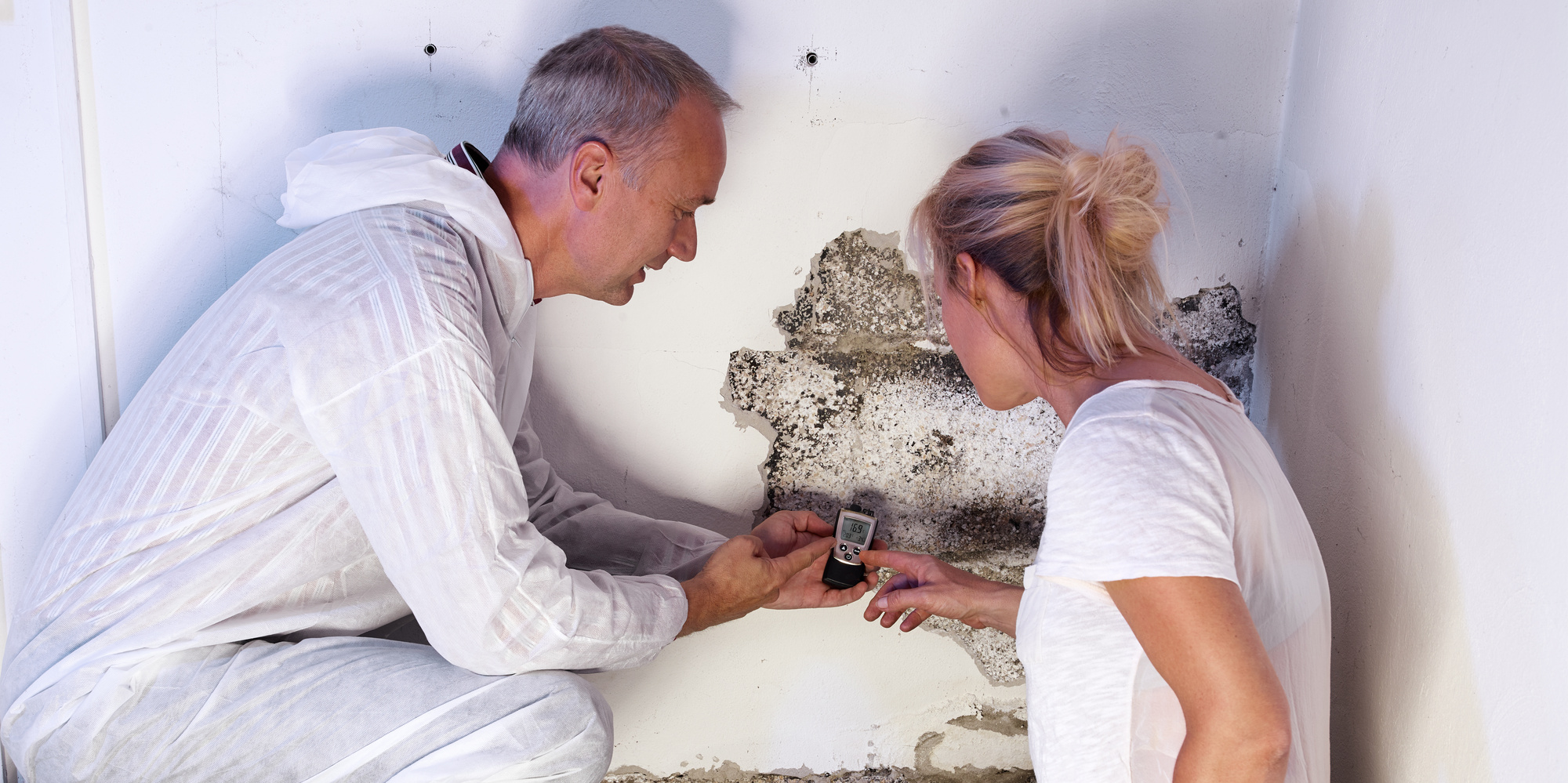Efficient Post Mold Remediation Cleaning Protocols
Your Ultimate Overview to Message Mold And Mildew Remediation Techniques
Browsing the world of post-mold remediation methods is a precise process that requires interest to detail and an extensive understanding of the details included. In the consequences of mold and mildew infestation, knowing how to properly eliminate the mold and stop its reoccurrence is vital for maintaining a healthy indoor setting. From choosing the appropriate cleansing and disinfecting techniques to implementing approaches for long-term mold avoidance, each step in the removal journey plays an essential role in ensuring an effective outcome. As we start this exploration of post-mold removal techniques, we will certainly reveal the crucial methods and ideal practices that can assist you restore your area to its pre-mold condition and protect it versus future mold threats.
Understanding Post-Mold Removal Process
After completing the mold and mildew remediation procedure, it is vital to understand the post-mold removal methods that are needed to make sure a complete and effective clean-up. Once the mold and mildew has been gotten rid of, the following step entails cleaning and sanitizing the affected areas to avoid any kind of regrowth of mold and mildew.
Moreover, conducting a last evaluation post-remediation is crucial to make sure that all mold and mildew has actually been effectively eliminated. If the evaluation exposes any type of remaining mold, additional removal might be essential.
Reliable Cleaning Up and Sanitizing Techniques

Preventing Future Mold And Mildew Development

Significance of Proper Ventilation
Proper ventilation plays an important function in avoiding dampness buildup, a vital factor in mold and mildew growth within interior environments. Effective ventilation systems aid eliminate excess moisture from the air, minimizing the chances of mold and mildew spores finding the dampness they need to spread out and sprout. Without sufficient ventilation, interior rooms can come to be a breeding place for mold and mildew, resulting in possible health threats and structural damages.
By guaranteeing correct air circulation, air flow read this article systems can also assist in drying moist locations much more swiftly after water damage or flooding incidents, even more hindering mold and mildew growth. Post Remediation verification. In rooms like bathrooms, kitchen areas, cellars, and attics where wetness levels have a tendency to be greater, mounting and keeping reliable ventilation systems is important in protecting against mold and mildew problems

Monitoring and Upkeep Tips
Offered the critical duty that correct air flow plays in stopping mold development, it is vital to develop efficient tracking and upkeep ideas to ensure the continued capability of air flow systems. Routine examinations of ventilation systems should be performed to look for any indications of blockages, leakages, or malfunctions that can hamper proper air flow. Surveillance humidity levels within the residential property is likewise essential, as high moisture can add to mold development. Setting up a hygrometer can aid track humidity degrees and sharp homeowners to any kind of spikes that may need focus. Additionally, making certain that air filters are regularly cleaned up or changed is essential for preserving the performance of the air flow system. Applying a schedule for routine upkeep jobs, such as duct cleansing and check this cooling and heating system evaluations, can assist protect against issues before they rise. By staying positive and alert to the condition of air flow systems, homeowner can properly mitigate the danger of mold regrowth and maintain a healthy indoor setting.
Conclusion
Finally, post-mold removal strategies are important for guaranteeing a clean and safe setting. Understanding the procedure, carrying out efficient cleaning and sanitizing approaches, protecting against future mold growth, maintaining appropriate ventilation, and routine surveillance are all critical actions in the removal procedure. By adhering to these guidelines, you can efficiently get rid of mold and mildew and prevent its return, promoting a healthy and balanced living or working room for all residents.
In the aftermath of mold and mildew infestation, understanding just how to properly eliminate the mold and mildew and prevent its reoccurrence is vital for keeping a healthy interior environment. When the mold and mildew has actually been gotten rid of, the next action involves cleansing and disinfecting the impacted areas to protect against any regrowth of mold and mildew - Post Mold Remediation. After eliminating noticeable mold and mildew growth, it is critical to clean all surfaces in the afflicted location to remove any type of continuing to be mold and mildew spores. To further enhance mold avoidance actions, it is essential to deal her response with underlying problems that at first led to mold advancement.Provided the important duty that correct air flow plays in protecting against mold growth, it is critical to establish effective monitoring and maintenance suggestions to guarantee the continued performance of air flow systems